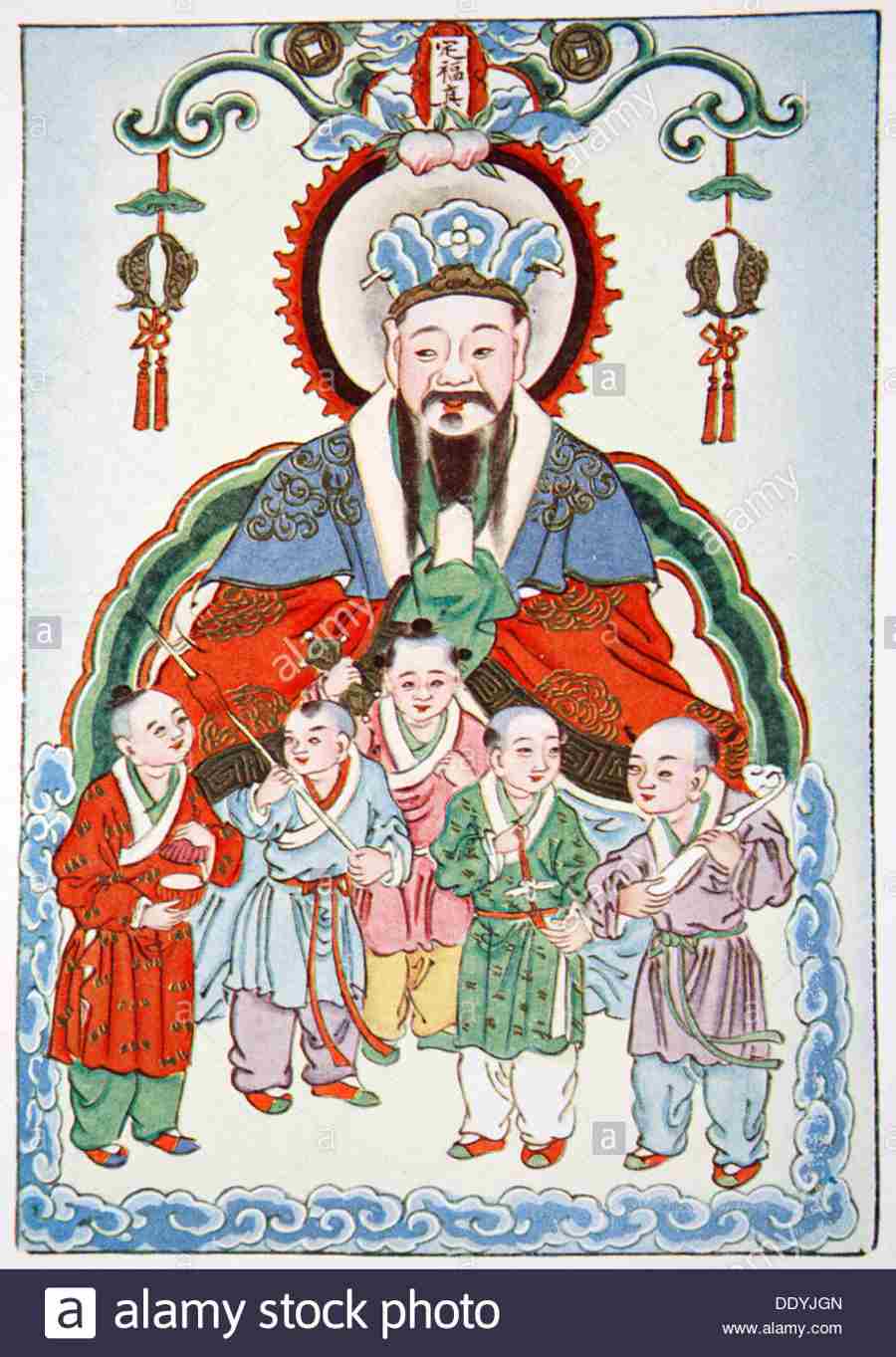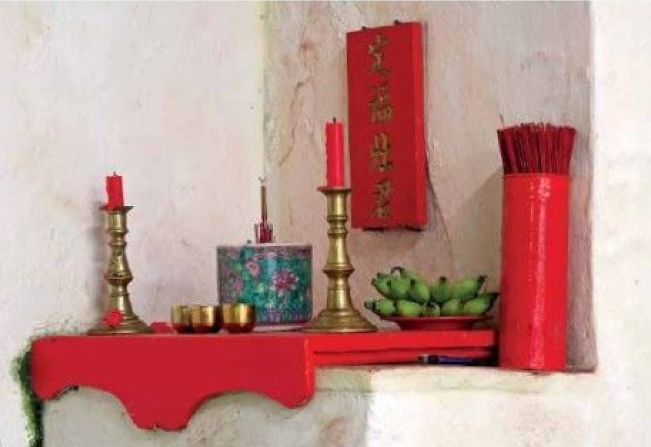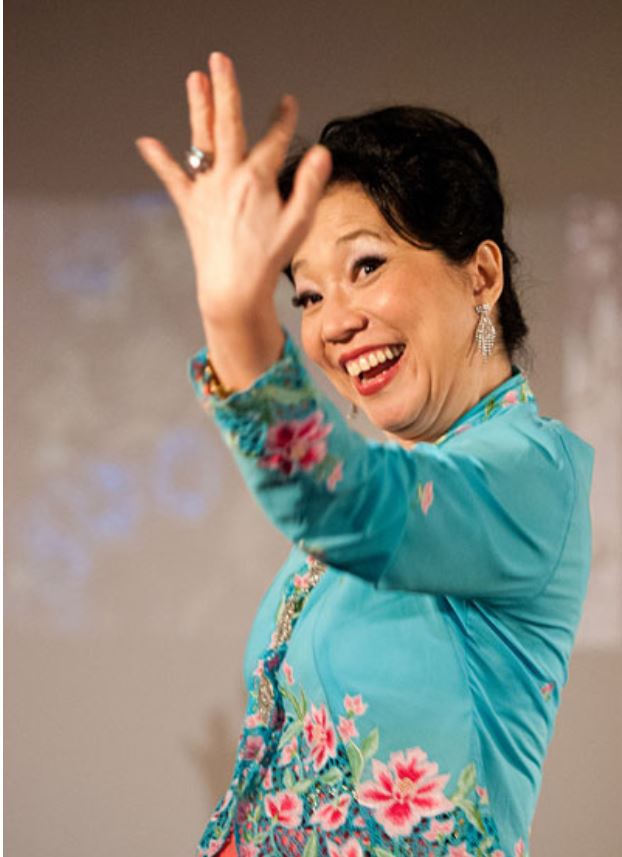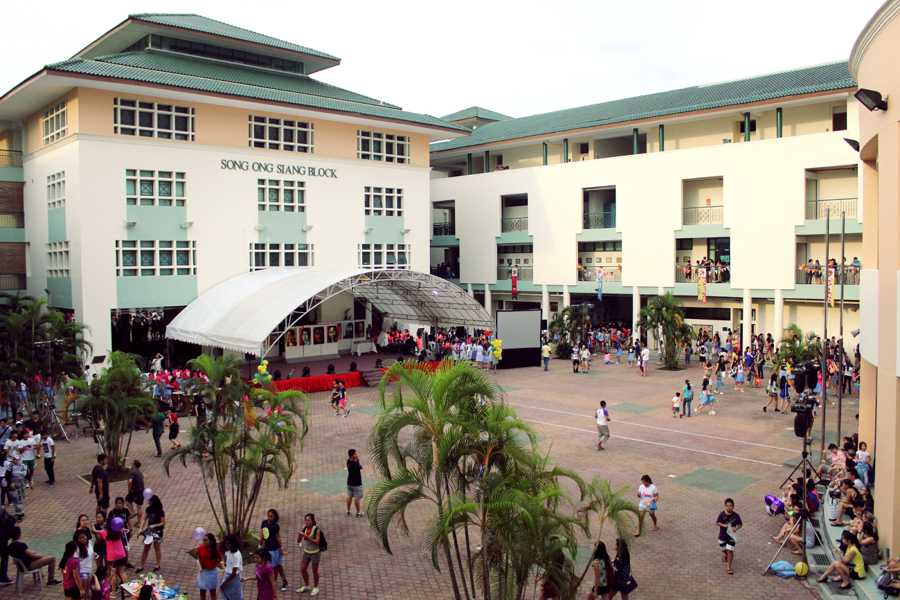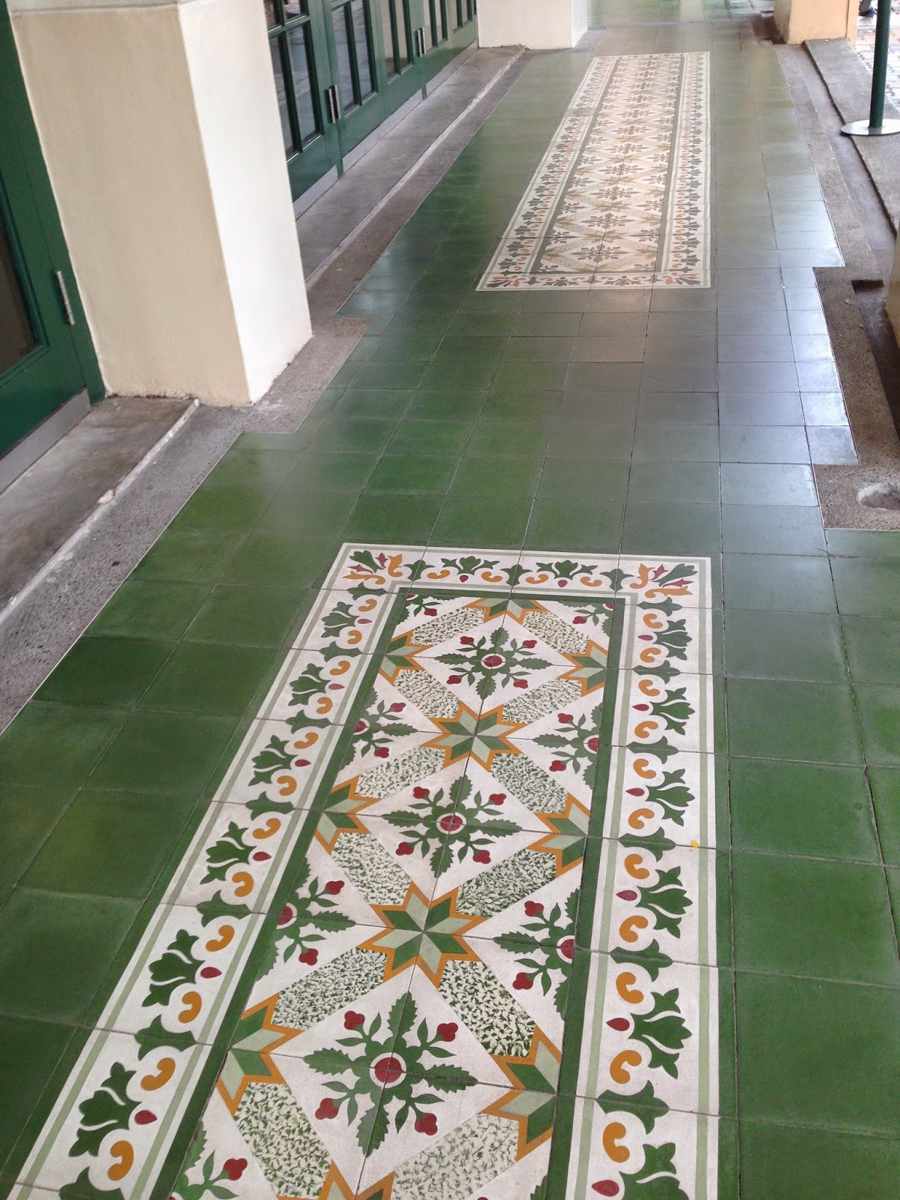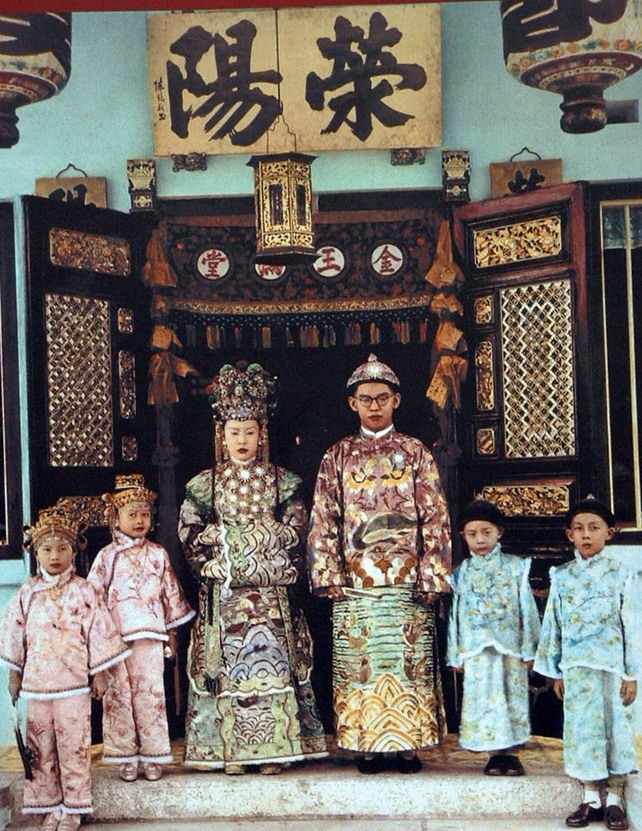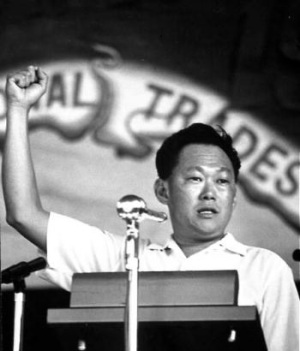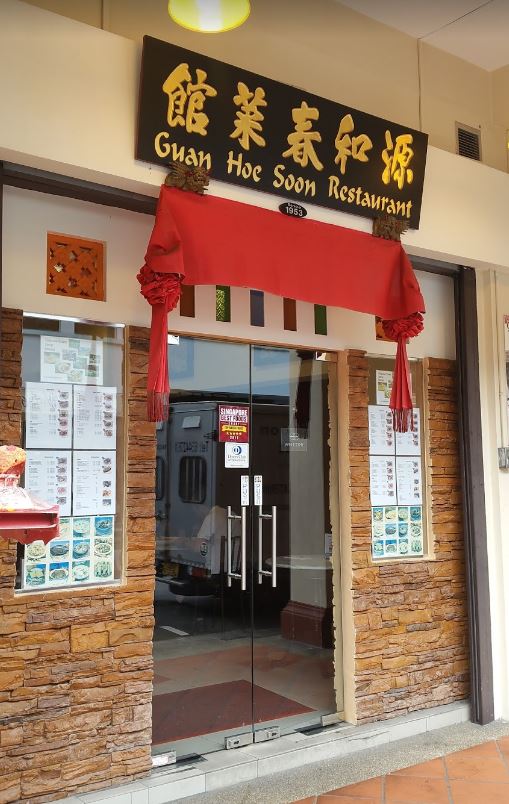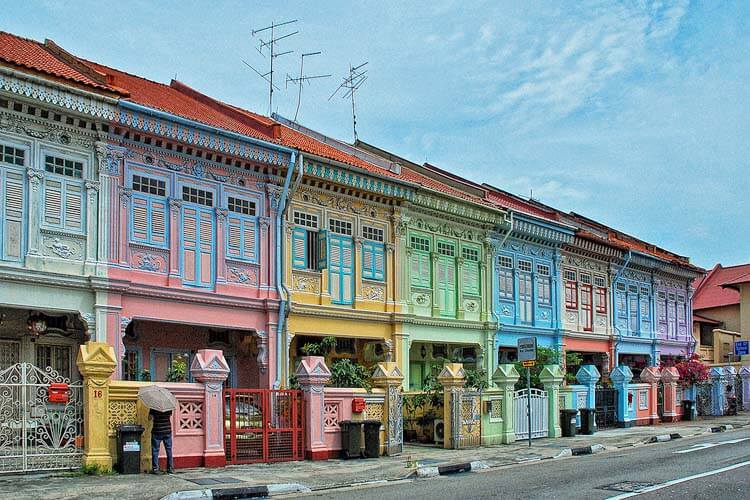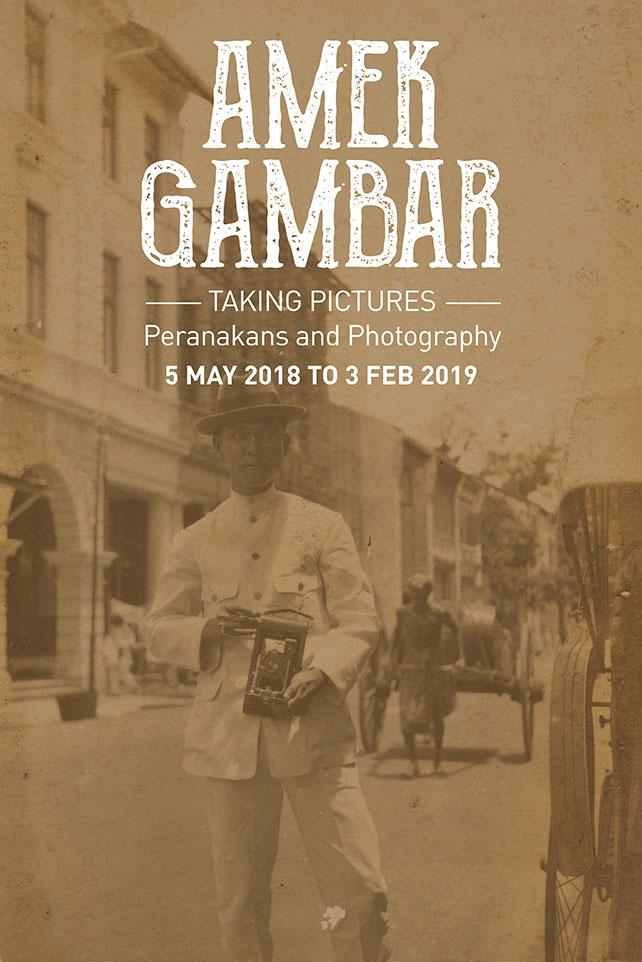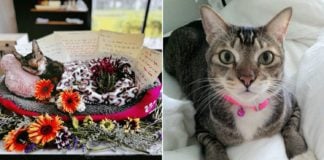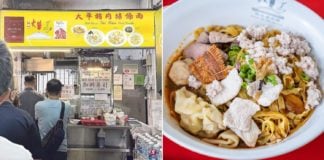Peranakans In Singapore – Wedding Specialists & Kitchen Gods Abound
Many of us know that Peranakan men are called Babas while the women are known as Nyonyas.
We play host to many Peranakans in Singapore, and enjoy their beautiful architecture, which have sometimes been dubbed as the “Chinese Baroque”.
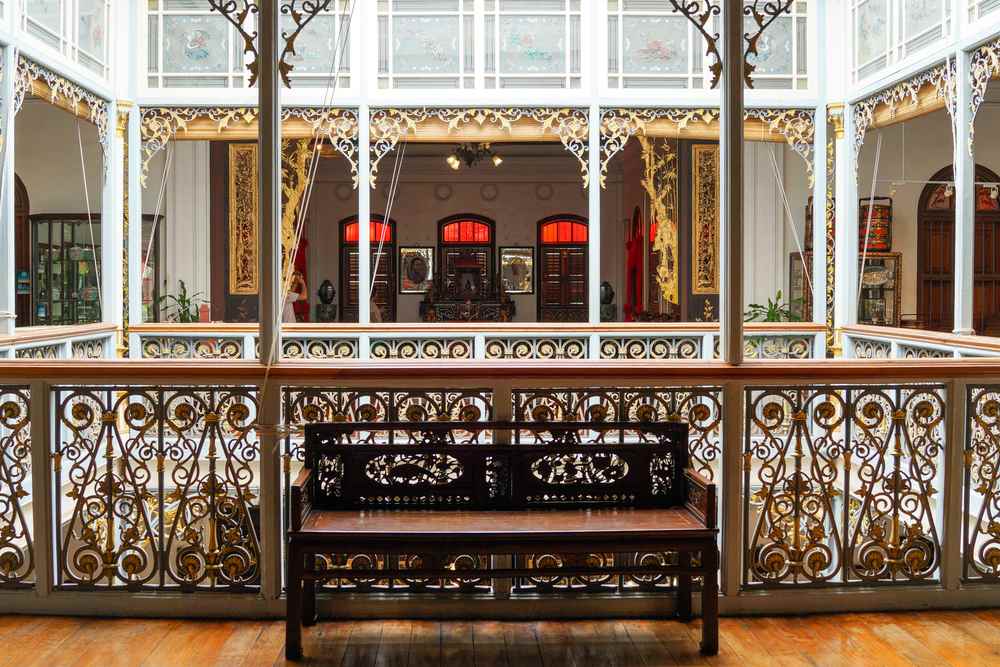 “Chinese Baroque”
“Chinese Baroque”
Source
But beyond that, how much do we actually know about Peranakans in Singapore?
1. Kitchen God
Peranakans are known for their good food. There’s Laksa, Nyonya Kuehs and much more.
But few have heard of their secret to ensuring kitchens are harmonious — the Kitchen God, Datok Dapoh or Zao Jun.
He’s said to be the spirit of a poor Chinese peasant who committed suicide by climbing into a burning stove.
Traditional Peranakan households keep a shrine for him in their kitchen. They believe he observes the family and reports their behaviour to the Heavenly Father.
In order to get good reports and the Heavenly Father’s blessings, a Peranakan family would offer Datok Dapoh sticky cakes like huat kueh during Chinese New Year.
2. Matriarchal household
Don’t trifle with Peranakan women pls.
In traditional households, females call the shots at home by managing the household.
But the leadership role does not come easily. She needs to learn sewing, cooking, embroidery, beadwork and more.
To learn something as basic as cooking, Peranakan women need to go through the long process of picking beansprouts, pounding .
3. Empowered girls
Peranakans in Singapore were certainly ahead of their time.
When girls were being denied an education in the 1899, a group of Peranakan men set up a school specially for Peranakan girls.
After World War II, Singapore Chinese Girls’ School began accepting girls from all races.
To date, the school remains proud of its heritage — maintaining corridors paved with Peranakan tiles.
4. 12-day wedding ft wedding specialists
Nowadays, people get married real quick.
But traditional Peranakan weddings are a 12-day affair.
There are multiple ceremonies.
One of them is the ‘Cheo Thau’, whereby the bridegroom goes to the bride’s house with great fanfare.
Musicians, and men carrying lanterns or umbrellas follow him. This is also the first time the couple will see each other in their wedding robes.
Believe it or not, wedding ceremonies are usually so complex that wedding specialists are very commonly hired to facilitate things.
5. Betel nut lovers
Peranakan women loved to chew on Betel nut.
However, sireh-chewing was primarily the activity of the older women, known as the Bibiks.
Some Bibiks would not leave their homes without their sireh set.
Sireh sets were prized items that were often handed down to the next generation.
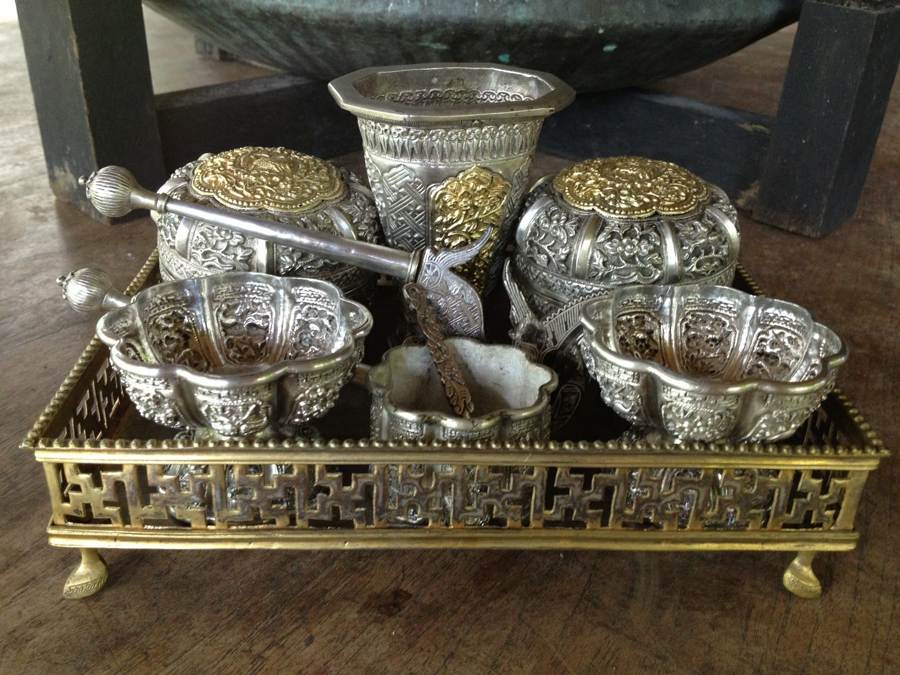 A very atas silver-gilt Sireh set
A very atas silver-gilt Sireh set
Source
Definitely a pretty unique heirloom.
6. Lee Kuan Yew
Few know that founding father Mr Lee Kuan Yew was Peranakan.
He reportedly liked to order take-out from Guan Hoe Soon, the oldest Peranakan restaurant in Singapore.
It was established in 1953, at the Joo Chiat area which was commonly associated with Peranakans.
Other famous Peranakans include Dr Goh Keng Swee, Dr Tony Tan, Mr Gan Eng Seng and Mr Tan Tock Seng.
Amek Gambar: photography exhibition
For readers interested in the lives of Peranakans and would like to find out more, there’s an ongoing exhibition at the Peranakan Museum.
The exhibition, Amek Gambar, brings together photographs of Peranakans taken since the 19th century.
Photo studios were first established in Singapore in the 1860s, and wealthier Peranakans were among the first to have their photos taken.
All things Peranakan
This year marks the 10th anniversary of the ‘Little Nyonya’ – a local drama serial about a Peranakan family in Malacca, fondly remembered by many Singaporeans.
The show was even broadcast internationally.
So there you have it. Our love for Peranakan culture in Singapore definitely lives on and will continue to grow.
Which unique cultural quirks should we feature next? Let us know in the comments below.
Featured image from Wikipedia.

Drop us your email so you won't miss the latest news.

